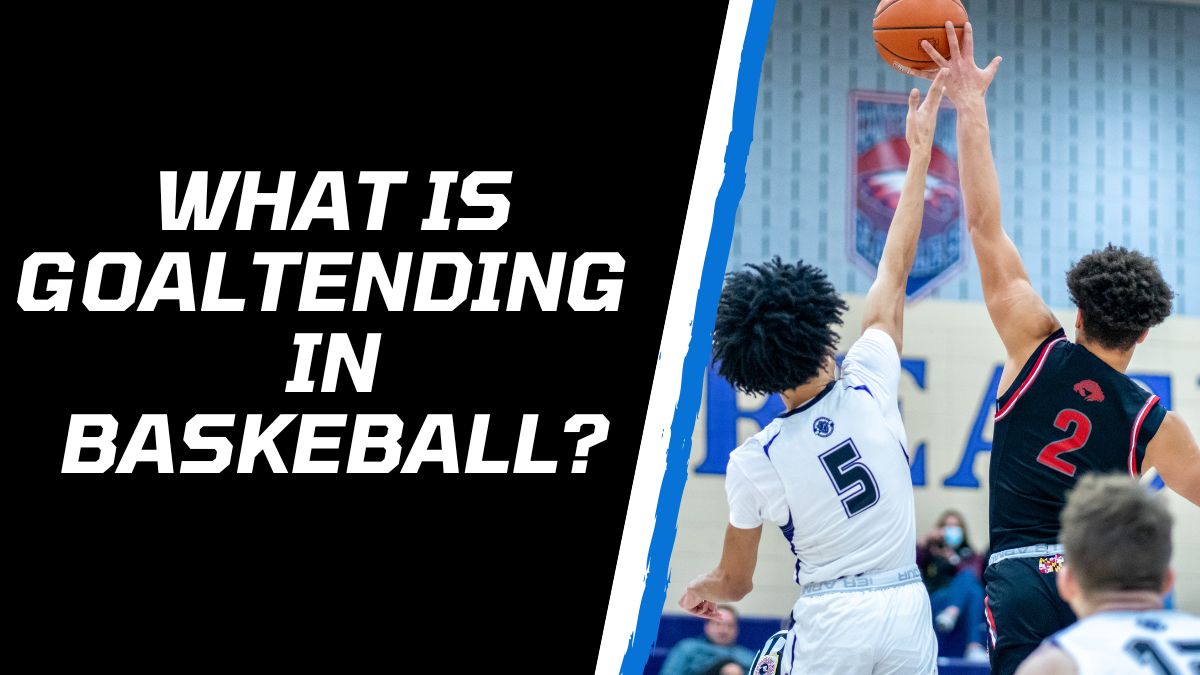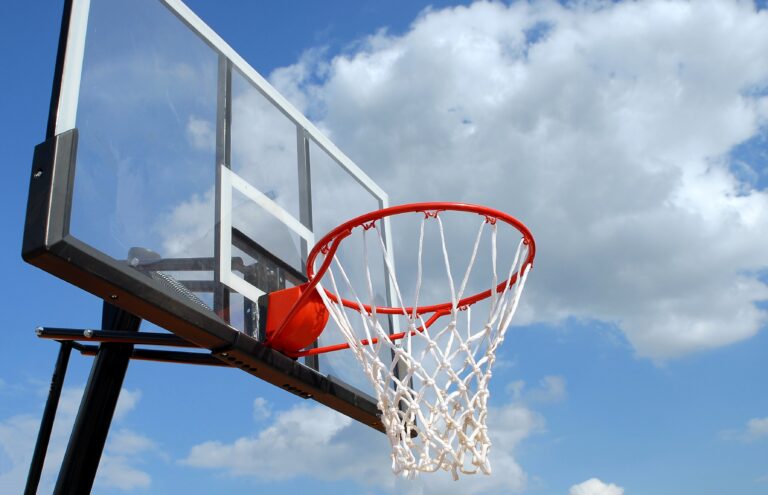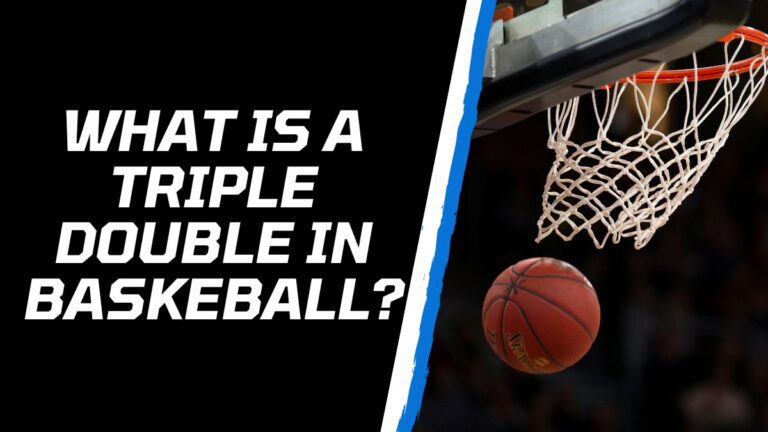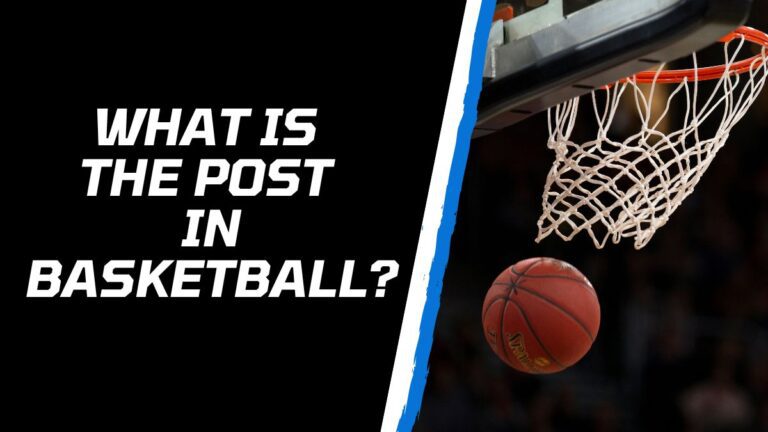What is Goaltending in Basketball? (Explained)
As a basketball fan, you may have wondered ‘What is goaltending in basketball?’. Understanding such rules might be confusing, which is why we’ve simplified this basketball rule in this article. So, let’s get started.
What is Goaltending in Basketball?
Goaltending is a violation of the rules in the sport of basketball. It consists of certain forms of player interference with the ball while it is on its way to the basket. It is goaltending if a player touches the ball when it is:
- In downward flight;
- Above the basket rim and within an imaginary cylinder projecting above the rim;
- Not touching the rim; or (varying at certain levels of the sport) after it has touched the backboard and has a chance of going in the hoop.
**The imaginary cylinder is defined as a vertical cylinder with its base on the floor and its top at the rim of the basket. The cylinder extends upward indefinitely.**
Why is it a Violation?

Goaltending is a violation in basketball because it prevents the offensive team from scoring points. The goaltending rule is designed to keep the game fair and to prevent teams from gaining an unfair advantage.
When a player goaltends, they are essentially blocking the ball from going into the basket. This can be done by touching the ball, deflecting the ball, or even just getting in the way of the ball.
If a player goaltends, the other team is awarded the points that would have been scored if the shot had gone in. For example, if a player goaltends a shot from inside the three-point line, the other team will be awarded two points. If the player goaltends a shot from behind the three-point line, the other team will be awarded three points.
The goaltending rule is a difficult one to enforce, but it is an important part of the game of basketball. By understanding the rule and avoiding goaltending violations, players can help to keep the game fair and prevent costly mistakes.
What are the different types of goaltending?
There are two main types of goaltending:
- Defensive goaltending: This occurs when a defensive player touches the ball while it is on its downward trajectory toward the basket and within the imaginary cylinder.
- Offensive goaltending: This occurs when an offensive player touches the ball while it is on the rim of the basket or directly above it.
There are also a few other types of goaltending, such as:
- Goaltending after the backboard: This occurs when a player touches the ball after it has touched the backboard and has a chance of going in the basket.
- Goaltending on a free throw: This occurs when a player touches the ball while it is on its way to the basket after a free throw has been awarded.
- Intentional goaltending: This occurs when a player intentionally touches the ball to prevent it from going into the basket.
Offensive and Defensive Goaltending

Offensive goaltending occurs when an offensive player touches the ball while it is on the rim of the basket or directly above it. This is a violation regardless of whether the ball goes in the basket or not.
Defensive goaltending occurs when a defensive player touches the ball while it is on its downward trajectory toward the basket and within the imaginary cylinder. This is also a violation regardless of whether the ball goes in the basket or not.
The main difference between offensive and defensive goaltending is that offensive goaltending can only be committed by the offensive team, while defensive goaltending can be committed by either team.
The penalty for both offensive and defensive goaltending is the same. The other team is awarded the points that would have been scored if the shot had gone in. In addition to awarding points to the other team, the goaltending team also loses possession of the ball. The ball is awarded to the other team at the spot of the violation.
The offensive and defensive goaltending rules are important parts of the game of basketball. They help to keep the game fair and prevent costly mistakes. By understanding these rules, players can help to avoid making goaltending violations.
Examples of Goaltending
Here are some examples of goaltending:
- A player reaches up and tips the ball away from the basket as it is on its way down.
- A player deflects the ball into the basket after it has touched the backboard.
- A player touches the ball while it is on the rim of the basket.
It is important to note that not all contact with the ball is considered goaltending. For example, a player can legally touch the ball if it is above the rim and outside of the imaginary cylinder. Additionally, a player cannot be called for goaltending if they are in the act of shooting the ball.
What is the Penalty for Goaltending?
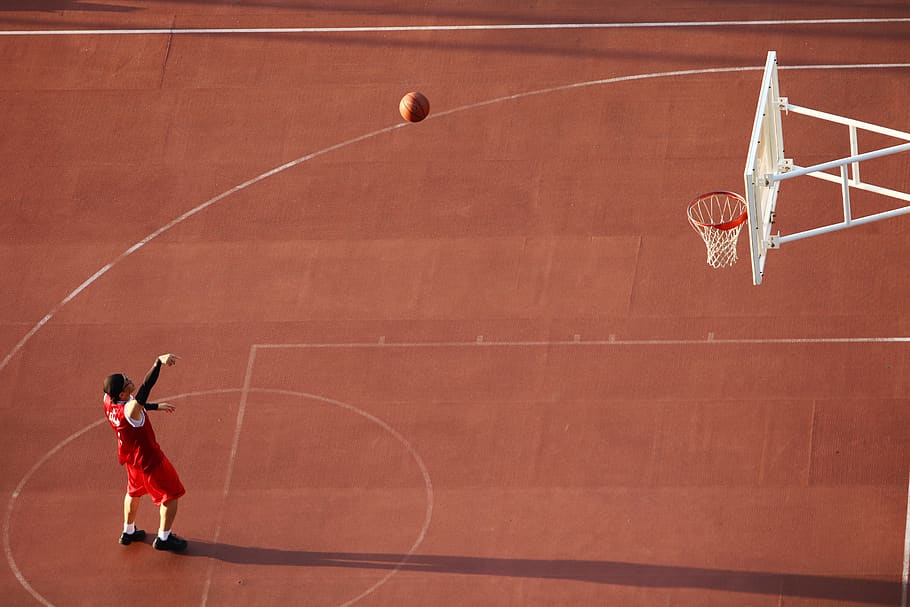
The penalty for goaltending is the same regardless of the type of goaltending. The other team is awarded the points that would have been scored if the shot had gone in. For example, if a player goaltends a shot from inside the three-point line, the other team will be awarded two points. If the player goaltends a shot from behind the three-point line, the other team will be awarded three points.
In addition to awarding points to the other team, the goaltending team also loses possession of the ball. The ball is awarded to the other team at the spot of the violation.
If the goaltending violation occurs on a free throw, the other team is awarded two points and the ball is awarded to them at the free throw line extended on either sideline.
The penalty for goaltending is also the same regardless of whether the goaltending is intentional or unintentional. However, in some cases, an intentional goaltending violation may also result in a technical foul being called against the player who committed the violation.
Difference Between Goaltending and Blocking
Goaltending and blocking are both terms used in basketball to describe actions involving the defense and the ball near the basket. However, they refer to opposite situations:
Goaltending: Goaltending occurs when a defensive player interferes with a shot on its way down to the basket, or when a player touches the ball on the rim or backboard while it is in its downward flight. In other words, if a shot has a chance to go in and a defensive player interferes with it, it’s considered goaltending. This results in the offensive team being awarded points for the shot. Goaltending is not allowed and is considered a violation.
Blocking: Blocking happens when a defensive player attempts to stop a shot by jumping and extending their arm(s) to block the ball in midair before it reaches the basket. A clean block involves making contact with the ball and not the shooter’s hand or arm. A blocked shot is a defensive play that prevents the ball from going into the basket.
In summary, goaltending involves interfering with a shot that’s on its way down, resulting in points for the offensive team, while blocking is a defensive action that stops a shot from reaching the basket before it’s released.
Is hitting the backboard goaltending?
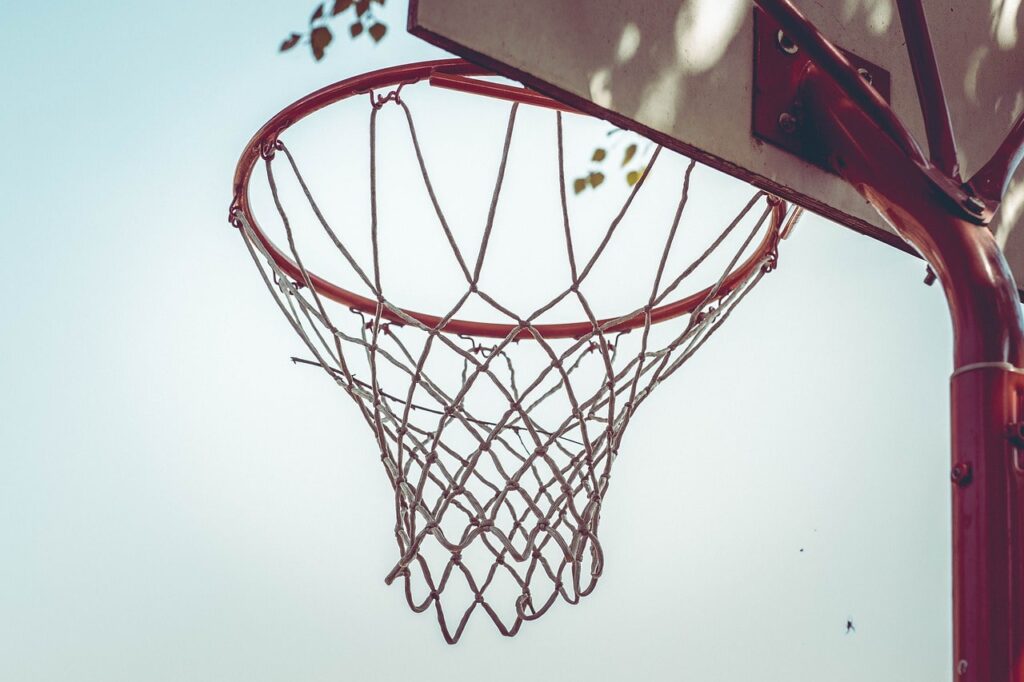
No, hitting the backboard is not goaltending. Goaltending is defined as contacting the ball on its downward flight, above the level of the rim, with a chance to go in. On most lay-ups, the ball is going up after it contacts the backboard, so hitting the backboard does not meet the criteria for goaltending. Slapping the backboard is neither basket interference nor goaltending, and points cannot be awarded
Final Thoughts
In conclusion, goaltending is a violation of the rules in the sport of basketball. It is a serious violation that can result in the other team being awarded the points that would have been scored if the shot had gone in.
The goaltending rule is designed to prevent players from interfering with a scoring opportunity. The rule is also designed to keep the game fair and to prevent teams from gaining an unfair advantage.
By understanding the goaltending rule, players can help to avoid making costly mistakes and help to keep the game fair.
Related Articles:

